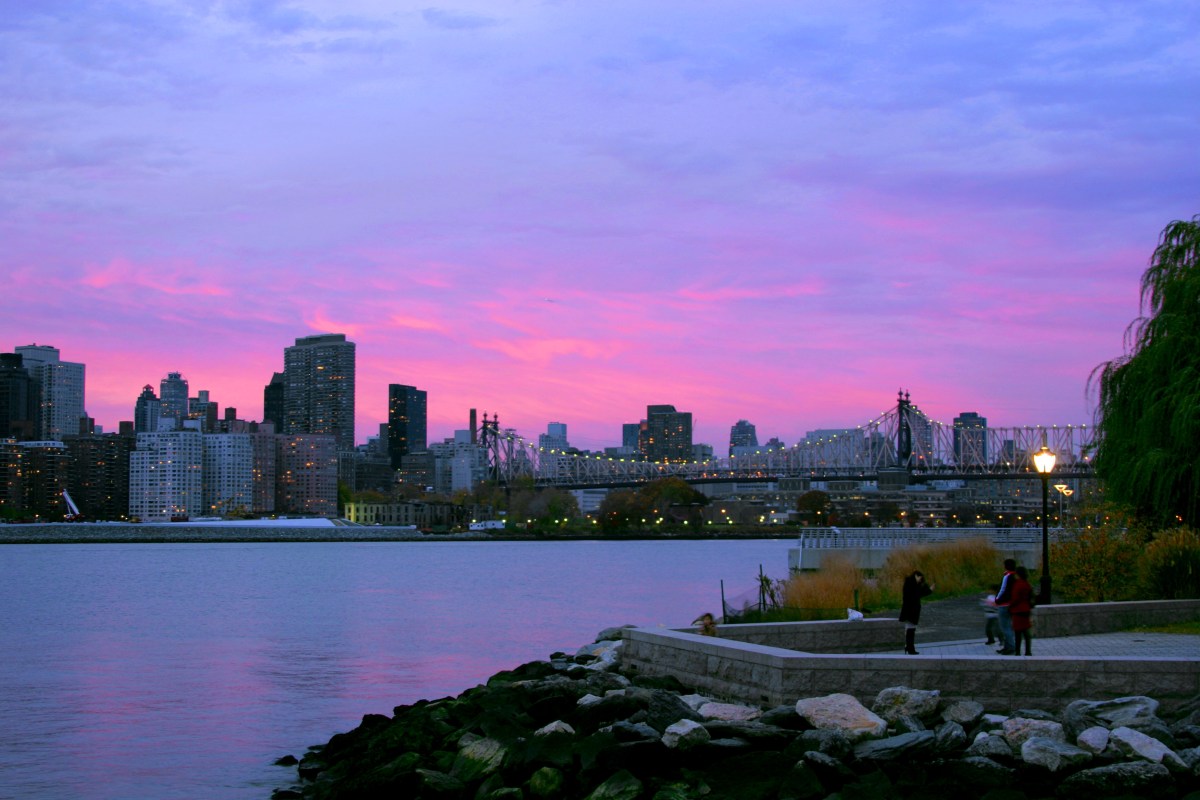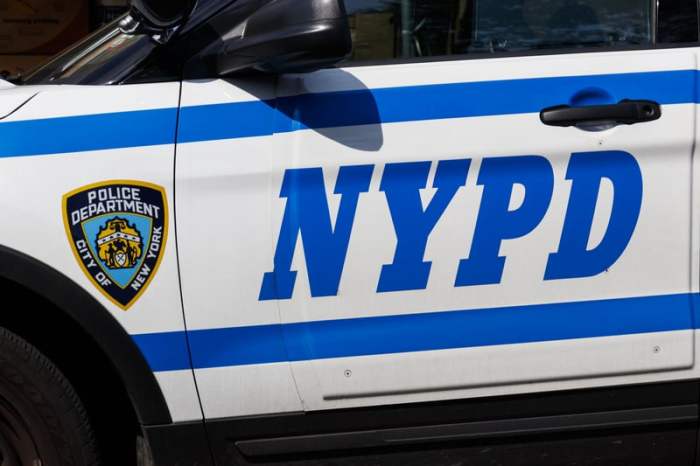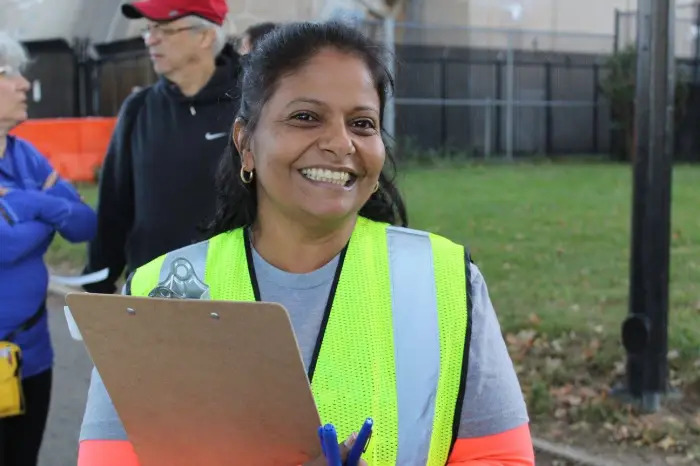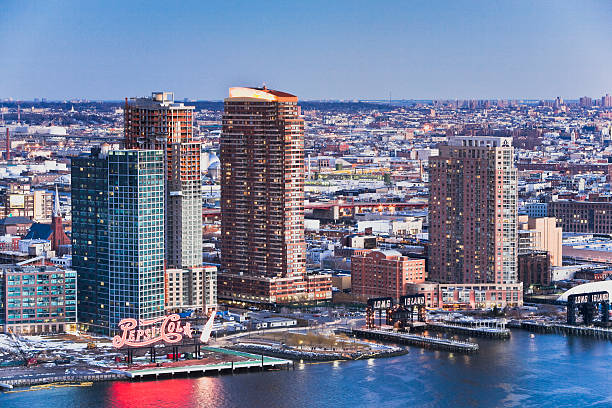Western Queens has recently begun to attract people, businesses and developers from outside of the borough and long-time residents have started to address some of the issues that come with the popularity.
Community organization Woodside on the Move, the Sunnyside Chamber of Commerce and Artist Studio Affordability Project will host the second “Community Conversation About Jobs, Homes and Small Business” to re-imagine the future of western Queens neighborhoods.
The meeting will take place on Oct. 30 from 3 to 5 p.m. at 39-42 59th St.
Amy Paul, executive director of Woodside on the Move, said the meetings have been “in response to a lot of the over development in Long Island City, Flushing and other parts of western queens. In addition to affordable housing being at risk there’s also been burdens on transportation and infastructure as well as small business closures.”
The first meeting occurred on Sept. 18 and the second one will be a follow-up to address some of the solutions to issues plaguing long-time residents.
“This is definitely a long term journey and long term investment,” Paul said.
Some of the issues addressed in the first meeting included the BQX Connector and how the streetcar would affect real estate, the climate of small businesses in western Queens neighborhoods and the lack of affordable housing.
“We have a lot of seniors and low-income people that make $20,000 and less [a year and they] don’t even come close to [income] levels that a lot of the affordable housing projects are trying to cater to,” Paul added.
Many apartments and high-rises being built in neighborhoods such as Long Island City and Astoria seem to cater to high-income residents and those not necessarily from Queens. A recent study found that Queens real estate prices keep climbing and neighborhoods such as Long Island City, Astoria and Flushing saw the largest increases.
There are a lot of people and organizations that are involved with fighting back against gentrification and overdevelopment,” Paul said. “The overarching feeling is that affordability is in a crisis and a lot of the new development is not serving the needs of people who live here now.”
She has been in talks with community groups in the Bronx who faced similar issues and put together a comprehensive community plan. Paul does not expect these problems to be solved overnight but wants to give the community a chance to weigh in.
“Small businesses closing and being replaced by chain stores, high rises catered toward people outside of the community and strapped infrastructure and transportation are all very connected,” Paul said.


































